Fort Ruger Historic District
Introduction
Text-to-speech Audio
Images
Diagram of Ft. Ruger layout in 1934
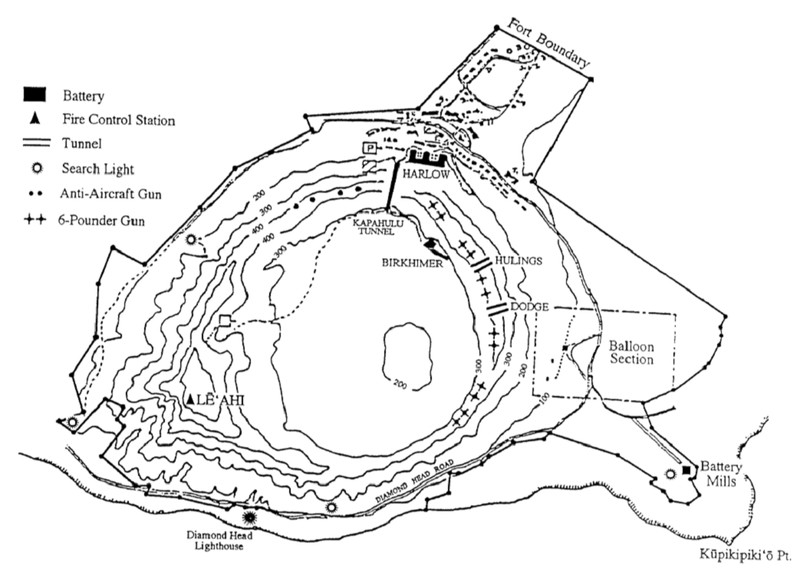
Original guard post located on Kahala side of crater
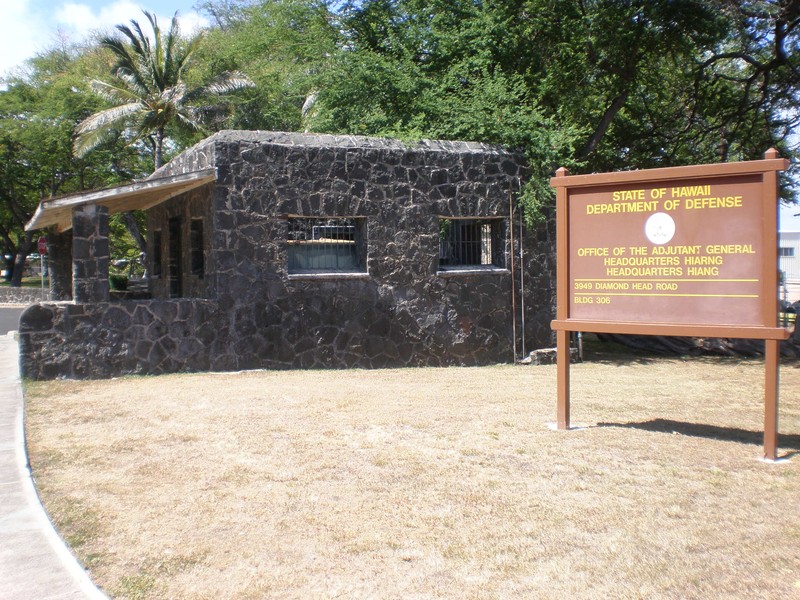
Cross-section view of the Fire Control Station built in 1910
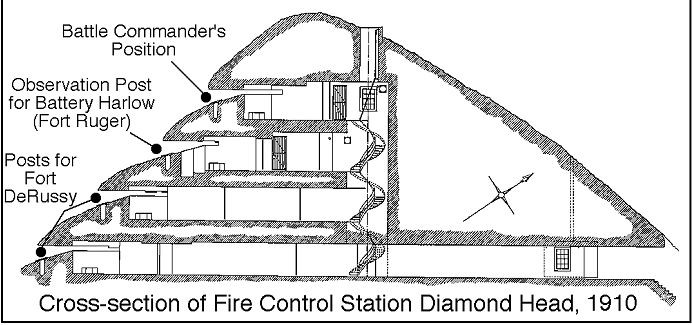
Kapahulu Tunnel - After it was widened in 1922 and 1932 the Kapahulu Tunnel is now 15 feet wide and 17 feet tall
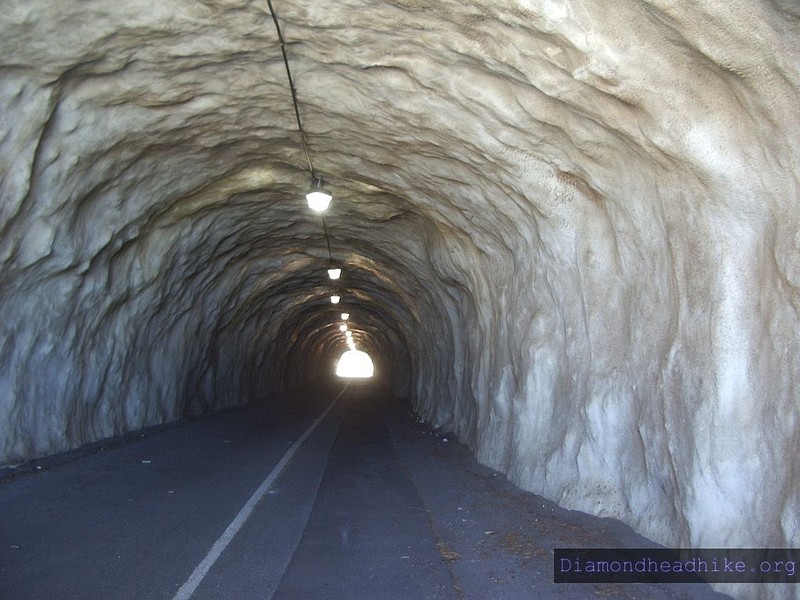
Rooms in tunnel wall. Harbor Defense Command used these rooms originally, they're now used by the Red Cross as storage
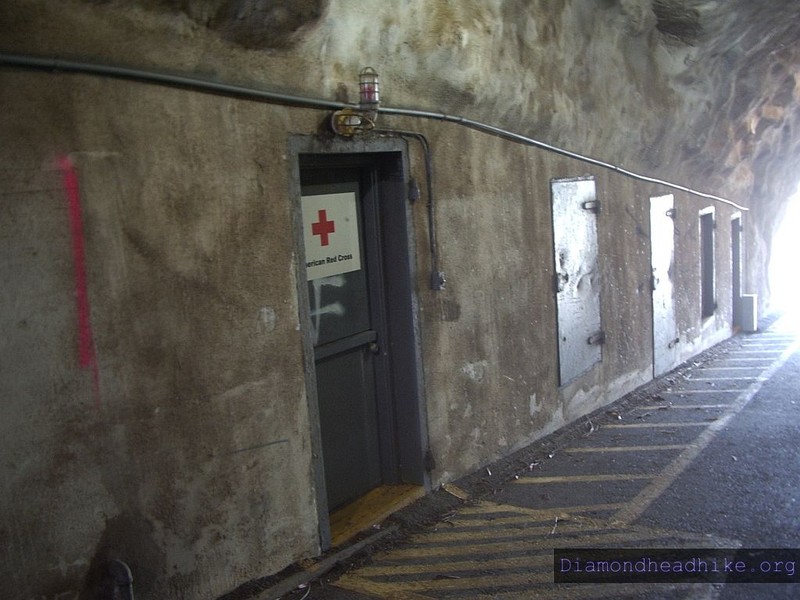
Photo of Battery Granger Adams
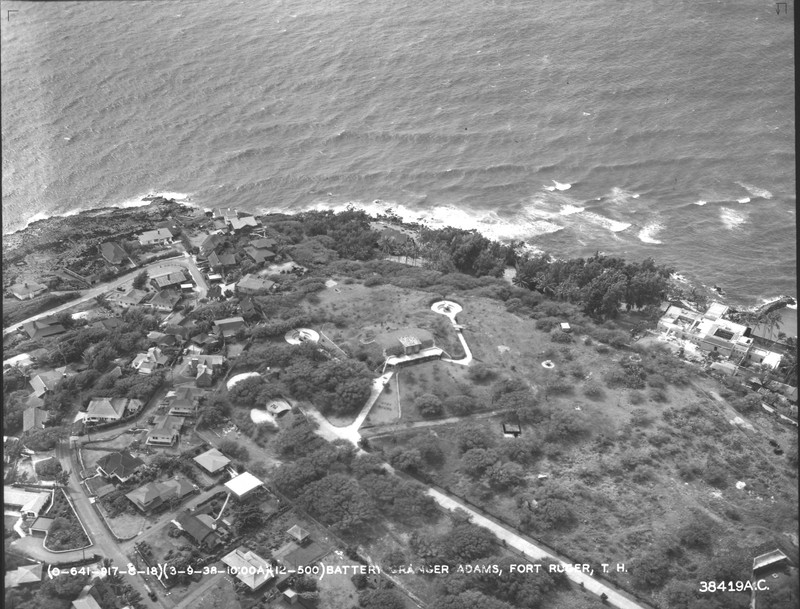
Backstory and Context
Text-to-speech Audio
The United States Government Bought the Diamond Head Crater and the surrounding area in 1905 for $3,300. These 720 acres were developed into Fort Ruger as part of the U.S. Army Coastal Artillery defense system. Fort Ruger was the first coastal defense fortification built on the islands by the U.S Army. The fort contained artillery batteries, fire control stations, and two tunnels. Fort Ruger was considered the eastern end of defenses for Honolulu. The batteries of Fort Ruger were designed to protect against sea-based attacks on Honolulu Harbor and ground attacks from the eastern side of the island. The location of Diamond Head Crater made it a natural fire control station.
The construction of Fort Ruger began in 1907. There was a cantonment are built on the on the north side of the Diamond Head Crater and gun batteries built in and around the crater. Battery Harlow was the first battery built and was completed in 1910. For more smaller batteries were built between 1914 to 1915: Battery S.C. Mills, Battery Dodge, Battery Hulings, and an additional unnamed battery. In addition to the batteries, there were Fire Control Stations and Battery Command Posts built around 1911. There were also five 60 inch coastal searchlight positions to identify enemy at night.
Between World War I and World War II Fort Ruger saw many changes. Four of the batteries were deactivated: S.C Mills, Dodge, Hulings, and the unnamed battery. An Air Service depot was built in 1920 for a fire control balloon company. In 1927 the Harbor Defense Headquarters moved to Fort Ruger. Work began in 1932 to bombproof the Harbor Defense Command Post built into the Kapahulu Tunnel. The new complex contained eight rooms and the fire control switchboard room. The 1930s also saw the addition of Battery Granger Adams and Battery Ruger. They housed 155mm guns and were orient more for land defense than coastal protection.
During World War II construction began on Battery 407 on the south side of the crater. The battery was not completed or armed. Construction was discontinued in 1945 at the end of the war. Both mortar batteries were deactivated in 1943 due to ineffectiveness in a naval battle. By the end of World War II, only Battery Granger remained active. It was finally eventually deactivated in 1946.
Fort Ruger became the headquarters of the Hawaii National Guard in 1950 and most of the reservation was turned over to Hawaii. The cantonment area is now the location of Kapiolani Community College. The remaining portion of the reservation is part of the Diamond Head State Monument. The remaining remnants of the batteries and fire control sites remain in the possession of the state an federal governments. The 475 acres of the Diamond Head Monument (Fort Ruger) both inside and outside the crater is open to the public. It is well known for it's hiking trails, scenic views, and military history the park sees up to 3000 visitors each day.
Cite This Entry
Hayes, David and Clio Admin. "Fort Ruger Historic District." Clio: Your Guide to History. February 18, 2019. Accessed April 4, 2025. https://theclio.com/tour/779/12
Sources
1Diamond Head Hike. undefined, September 24, 2009. Accessed Sep 20, 2017. http://www.diamondheadhike.org/militaryhistory.html. 2Fort Ruger. WOW. June 09, 2017, Sep 20, 2017. http://www.wow.com/wiki/Fort_Ruger. 3Fort Ruger. Cruise Be., Sep 20, 2017. https://www.cruisebe.com/fort-ruger-honolulu-hawaii. 4Fort Ruger Historic District. Historic Hawaii Foundation. Accessed September 20, 2017. https://historichawaii.org/2014/08/11/fort-ruger-historic-district/.

